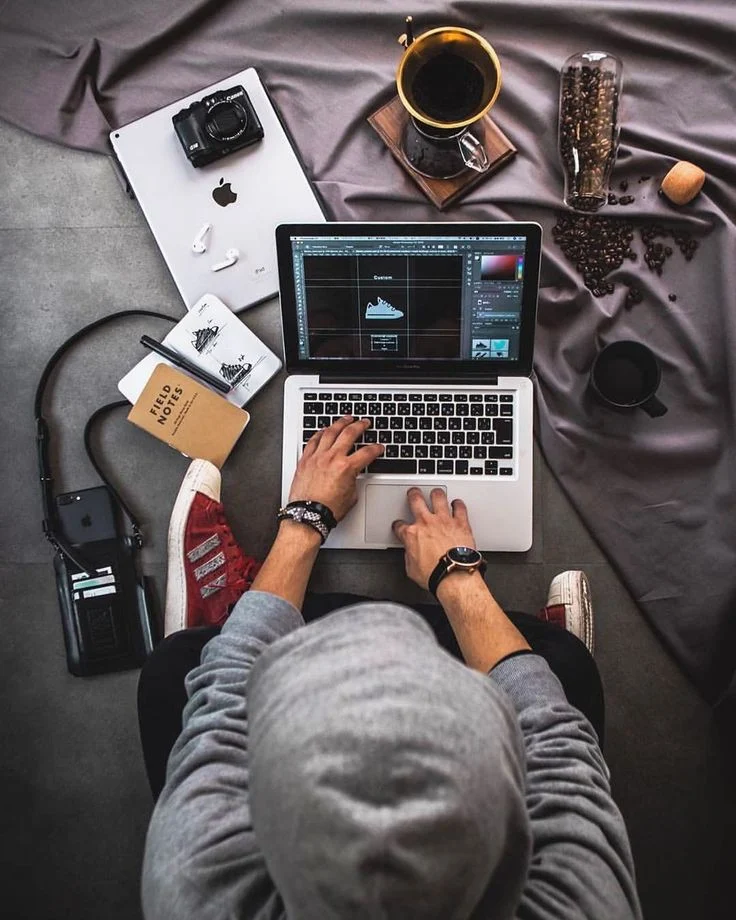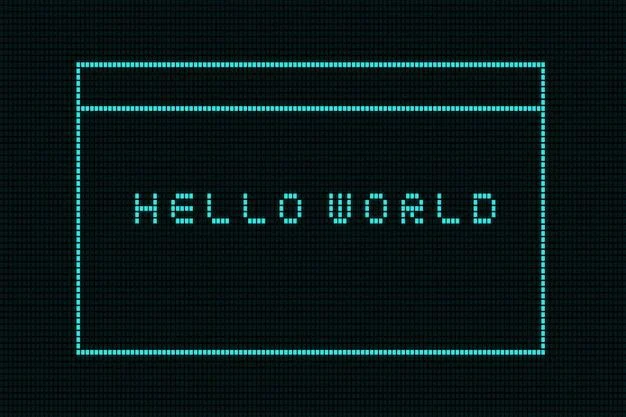Blog
WordPress for Kenyan Artists: How a Painter Turned Instagram Followers into Buyers

It was a quiet Tuesday afternoon when Grace, a Nairobi-based painter, received yet another DM:
“I love your work! How can I buy a piece?”
Grace sighed. Her Instagram was buzzing with likes and comments, but sales were stuck at zero. Why? Because she had no way to sell her art online.
Then, she discovered WordPress.
Within weeks, Grace built a stunning portfolio site, added M-Pesa payments, and sold her first painting for Ksh 20,000. By the end of the month, she’d made Ksh 150,000—all from her website.
Here’s how she did it—and how you can too.
Table of Contents
Why Kenyan Artists Need a Website
Instagram is great for exposure, but it’s not a sales platform. A WordPress website gives you:
Full control: No algorithms hiding your posts.
Professionalism: Showcase your work like a gallery.
Direct sales: Let buyers purchase instantly with M-Pesa.
Step 1: Choose the Right Theme
Your website’s design is your digital gallery. Pick a theme that highlights your art:
Top Themes for Artists
Astra: Lightweight and customizable. Perfect for fast-loading portfolios.
Divi: Drag-and-drop builder for stunning layouts.
Oshine: Designed for creatives, with built-in galleries and sliders.
Pro Tip: Use a dark theme to make your art pop.
Step 2: Showcase Your Work
Create a Portfolio Gallery
Use plugins like Envira Gallery or Modula to display your art in grids, sliders, or masonry layouts.
Add captions with details like size, medium, and price.
Highlight Your Best Pieces
Feature your most popular work on the homepage.
Use high-quality images (at least 2000px wide) to showcase details.
Share Your Story
Add an “About” page to connect with buyers.
Include photos of your studio or creative process.
Step 3: Add M-Pesa Payments
Install WooCommerce
Go to Plugins > Add New and search for WooCommerce.
Install and activate the plugin.
Set Up M-Pesa Payments
Install the Lipa Na M-Pesa for WooCommerce plugin.
Enter your Safaricom API credentials (from the Daraja portal).
Test payments in sandbox mode before going live.
Pro Tip: Offer discounts for first-time buyers to encourage sales.
Step 4: Optimize for SEO
Target Local Keywords
Use tools like Rank Math or Yoast SEO to optimize for phrases like:
“affordable Kenyan art”
“Nairobi painters”
“buy original art online Kenya”
Add Alt Text to Images
Describe your art in alt text (e.g., “Abstract painting of Nairobi skyline”).
This helps your work appear in Google Image searches.
Write Blog Posts
Share behind-the-scenes stories, tutorials, or artist interviews.
Example: “5 Tips for Starting Your Art Collection in Kenya.”
Step 5: Promote Your Site
Leverage Social Media
Post snippets of your work with a link to your website.
Use hashtags like #KenyanArt, #BuyAfricanArt, and #NairobiCreatives.
Collaborate with Influencers
Partner with local influencers to showcase your art.
Example: A fashion blogger wearing your designs.
Run Paid Ads
Use Facebook Ads to target art lovers in Kenya.
Example: “Shop Original Kenyan Art—Free Delivery Nationwide!”
Results You Can Expect
Higher sales: Buyers can purchase instantly, without DMs or emails.
Global reach: Showcase your work to collectors worldwide.
Brand credibility: A professional site builds trust with buyers.
Final Tip: Keep Your Site Fresh
Update your portfolio regularly with new work.
Share blog posts or videos to engage visitors.
Use analytics to track traffic and sales.
Need help building your art portfolio? I specialize in WordPress sites for creatives. Let’s create yours.
Related Posts
Why I’m Breaking Up with AI IDEs in 2025 (And It’s Not Just Because They’re Smarter Than Me)
AI-powered IDEs promised to make coding effortless in 2025. But somewhere between autocomplete addiction and a loss of critical thinking, I decided it was time to take back control. Here’s why I’m saying goodbye.
Kenyan Developer Who Googled “What is SEO?” After Landing an SEO Client.
Fake it till you Google it. This is the brutally honest tale of a Kenyan freelancer who landed an SEO gig without knowing what SEO stood for—and still delivered page-one results.
The Hustle is Real: What Freelance Web Developers in Kenya Won’t Tell You (But Should)
Freelance web development in Kenya isn’t all dollars and JavaScript. From late-night scope creep to ghost clients and Mpesa panic, here’s the emotional rollercoaster every self-taught developer rides.
From “Hello World” to “Help Me”: The Emotional Rollercoaster of Learning to Code
“Every developer’s journey is a Shakespearean tragedy—full of hope, despair, and syntax errors. Here’s the raw, unfiltered emotional arc of learning to code, complete with existential crises and small victories.”
From Bootcamps to Apprenticeships: Why 2025 is the Year Hands-On Learning Wins
Google’s 2025 hire data reveals a shocking trend: apprentices outperform bootcamp grads in 6 key dev skills. Here’s why the industry is shifting—and how to adapt.
Freelance Survival Guide: Pricing Web Projects in Nairobi’s Competitive Market
Struggling to price your freelance web projects? Discover Kenya-specific pricing strategies, client negotiation tactics, and how to avoid the “race to the bottom” in Nairobi’s tech scene.






